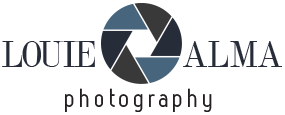Secrets of Professional Photographers: An Interview with Petr Chodura
When someone says “sports photographer,” many of us probably imagine a row of long telephoto lenses crammed together in the corner of a stadium. In some ways, that image isn’t far from the truth. But there are sports that don’t have boundaries, safety nets, or predictable arenas — sports that take place in conditions most photographers will never experience.




